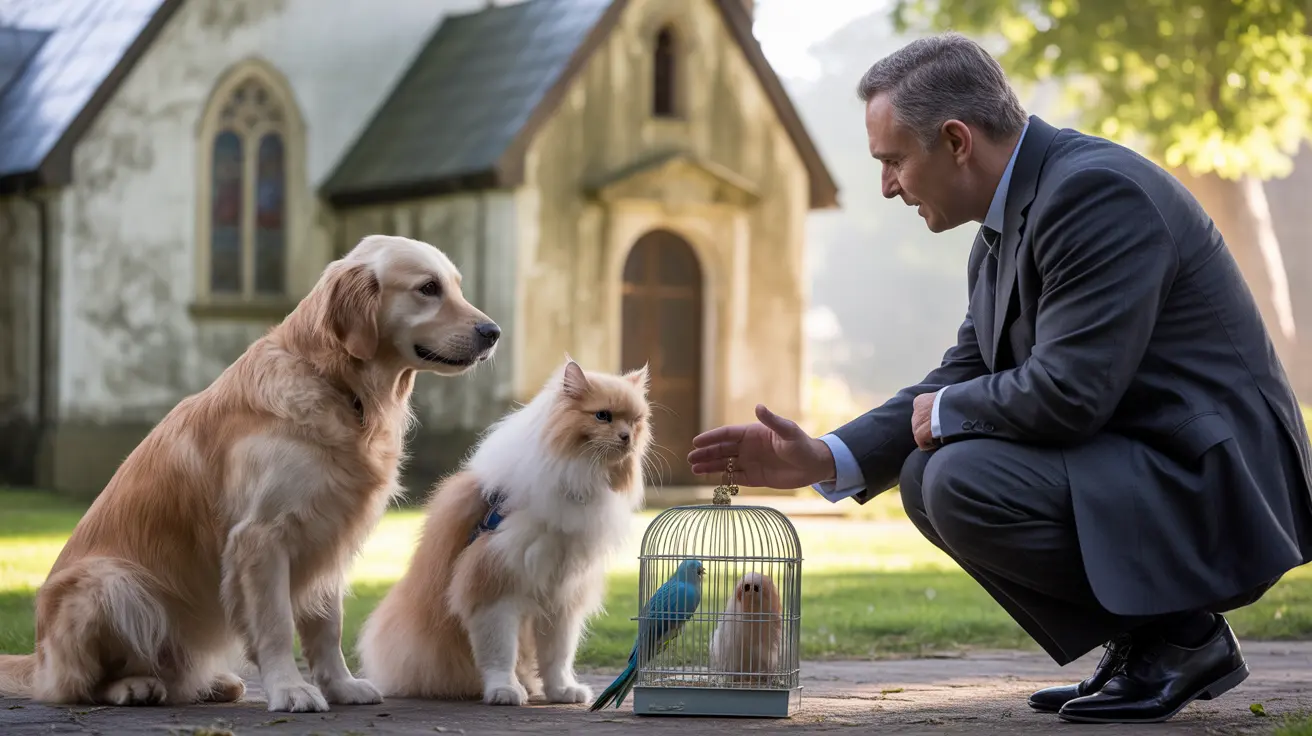Have you ever wondered what your sleeping cat is trying to tell you? With cats spending up to 16 hours a day sleeping, their chosen positions can reveal fascinating insights into their physical comfort, emotional state, and overall well-being. As both predators and prey in nature, cats have evolved specific sleeping habits that serve multiple purposes - from protection to temperature regulation.
In this comprehensive guide, we'll explore the most common sleeping positions cats adopt and what they indicate about your feline friend's state of mind, health, and relationship with you. Understanding these positions can help you better care for your cat and strengthen your bond.
Common Cat Sleeping Positions and Their Meanings
The Protective Ball
When your cat curls up nose-to-tail in a tight ball, they're engaging in one of their most instinctive sleeping positions. This position serves multiple purposes: it conserves body heat and protects vital organs by surrounding them with muscle and bone. You'll often see this position during colder weather or when your cat feels slightly uncertain about their environment.
The Trust Roll
A cat sleeping belly-up represents the ultimate display of trust. This position leaves them completely vulnerable, exposing their most sensitive areas. When your cat shows you their belly while sleeping, they're telling you they feel absolutely safe in your presence and their environment.
The Classic Loaf
The "cat loaf" position, where your cat sits with paws tucked underneath, indicates a state of contentment combined with readiness. While not in deep sleep, cats in this position are relaxed but maintaining some alertness to their surroundings. It's a common position for quick catnaps during the day.
Environmental Influences on Sleep Positions
Cats choose their sleeping positions based on various environmental factors, including temperature, perceived safety, and comfort level. During hot weather, you might notice your cat sprawling out to cool down. In contrast, cold temperatures often prompt curled positions that preserve body heat.
The Burrowing Behavior
When cats burrow under blankets or into small spaces, they're seeking both warmth and security. This behavior mimics their wild ancestors' tendency to seek out protected dens for rest. If your cat frequently burrows, consider providing them with cat caves or covered beds to satisfy this natural instinct.
Health and Comfort Signals
Changes in sleeping positions can sometimes indicate health issues. A cat that suddenly changes their preferred sleeping position or seems unable to get comfortable might be experiencing pain or illness. Watch for these warning signs:
- Sleeping hunched with head down
- Avoiding previously favorite sleeping spots
- Excessive sleeping near water sources
- Unusual rigidity in posture
- Reluctance to lie on certain sides
Social Sleeping Patterns
Despite their reputation for independence, cats are social sleepers. Many choose to sleep near or on their human companions, demonstrating trust and affection. This behavior also serves practical purposes, as they benefit from your body heat and the security of your presence.
Frequently Asked Questions
What does it mean when my cat sleeps with their belly exposed, and is it a sign of trust?
Yes, when a cat sleeps with their belly exposed, it's one of the strongest signs of trust they can show. This position leaves them completely vulnerable, something cats only do when they feel absolutely safe in their environment and with the people around them.
How do I create a comfortable sleeping environment for my cat that meets their natural instincts?
Provide multiple sleeping options at various heights, including both open and enclosed spaces. Include warm, soft bedding, and place beds in quiet areas away from high traffic. Consider heated beds for older cats or those who seek extra warmth.
Why do cats often sleep in curled-up or "loaf" positions, and what does this indicate about their emotional state?
Curled-up positions help conserve body heat and protect vital organs, indicating a natural protective instinct. The "loaf" position suggests contentment while maintaining mild alertness, typically used for light napping rather than deep sleep.
Can changes in my cat's sleeping positions indicate health issues or discomfort?
Yes, sudden changes in sleeping positions or locations can signal discomfort or illness. If your cat adopts unusual positions or seems unable to get comfortable, consult your veterinarian, especially if accompanied by other behavioral changes.
How can I use my cat's sleeping behavior to understand their relationship with me and other pets in the household?
Observe where and how your cat chooses to sleep relative to you and other pets. Cats who sleep in vulnerable positions near family members typically feel secure and bonded. Changes in sleeping locations or positions might indicate social stress or hierarchy changes in multi-pet households.






